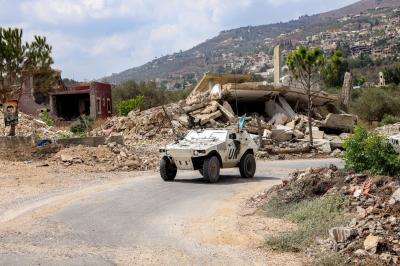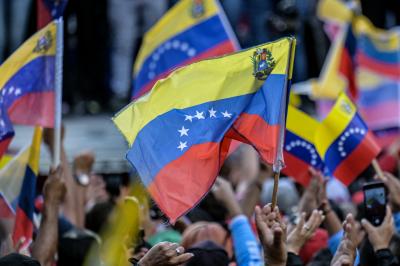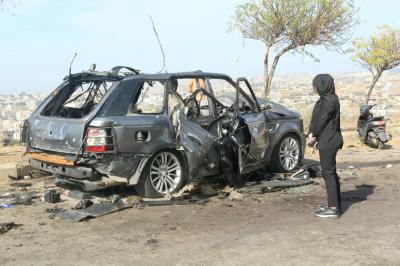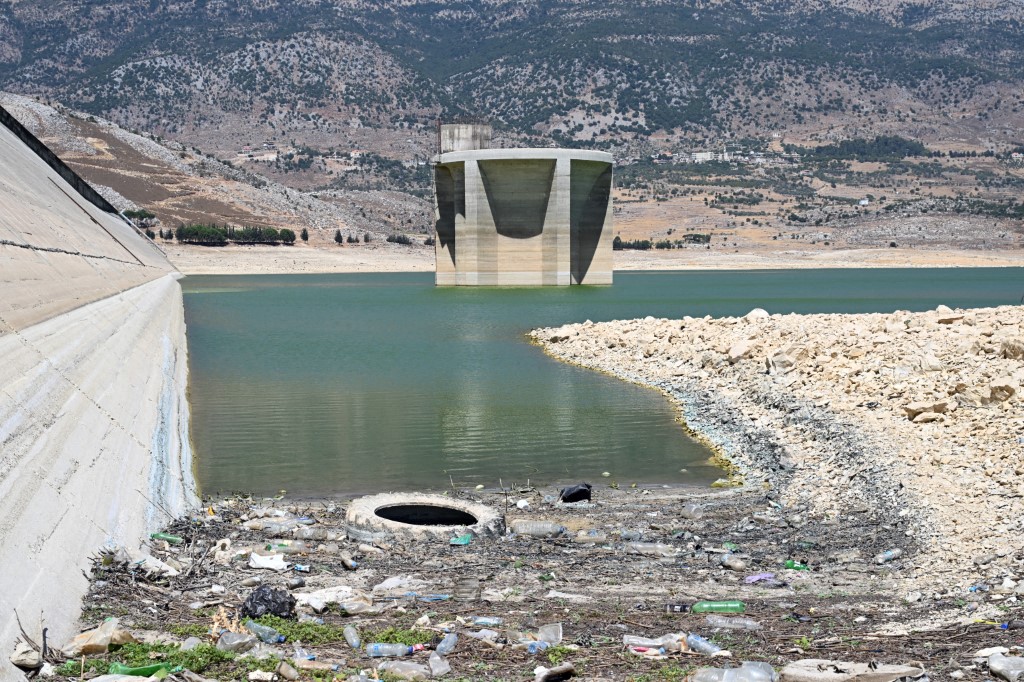Lebanon was once renowned for its abundance of water resources, snow-capped peaks, mild climate, and four distinct seasons. Yet the prolonged drought that has gripped the country since the autumn of 2024 has completely upended this image, transforming what was once a climatic episode into a destructive force undermining economic activity—with catastrophic repercussions for public health and for governance, already fragile in Lebanon.
It seems that Lebanon’s weather has decided to add fuel to an already heated national atmosphere, itself inflamed by recent military and political developments. As the year draws to a close, temperatures remain between five and seven degrees above annual averages, with persistent heat waves and a total absence of rainfall. The consequences are catastrophic—economically, agriculturally, and health-wise.
Agricultural Impact
More than 60 percent of Lebanon’s water consumption goes to agriculture. With rainfall absent, the sector faces a rapid collapse. This vital pillar of food security is suffering heavy losses as water sources dry up. Data show that agricultural regions—especially the Bekaa Plain—have recorded a 45–50 percent drop in rainfall year-on-year. This has led to severe groundwater depletion and the drying up of many rivers, as clearly seen in Qaraoun Lake, whose water levels have fallen dramatically.
Last year’s impact was severe: cultivated potato acreage fell by about 20 percent, and production by 35 percent, due to the soaring cost of irrigation water—forcing many farmers to abandon their fields. Citrus and fruit crops have also suffered estimated losses of around 20 percent due to water scarcity. Wheat imports rose by 4 percent in 2024 to reach 600,000 tons and are expected to climb to 670,000 tons this year—further deepening Lebanon’s dependence on imported wheat, which already exceeds 90 percent of local consumption.
Moreover, as irrigation water dwindles, some farmers have resorted to desperate measures—using wastewater to irrigate crops. This poses a grave threat to public health and jeopardizes Lebanon’s reputation for decades to come, with dire implications for exports, the economy, and employment.
Economic Impact
One of the most significant consequences of Lebanon’s drought is that it has exposed the fragility of the country’s decaying infrastructure. Many hydroelectric plants along the Litani River have either ceased operations or drastically reduced output due to low water levels in Qaraoun Lake—further worsening Lebanon’s decades-old electricity crisis. This has left two options: increased reliance on private generators, or a shift toward solar power for those who can afford it.
Inevitably, this reality will drive prices higher and further burden citizens—both directly and indirectly. Reports indicate that 40 to 50 percent of water designated for consumption is lost before reaching end users due to leaks in the neglected distribution network. Corruption has exacerbated the crisis: in some areas, water supply is deliberately cut off to sell tanker water privately—at prices exceeding $100 per truckload—further crushing the purchasing power of citizens already battered by economic collapse.
As domestic agricultural production declines, Lebanon will have to import more essential food items, worsening the trade deficit and increasing the demand for foreign currency. Water scarcity will also eliminate thousands of jobs in rural areas, prompting more emigration abroad and internal migration to cities, pushing housing rents even higher.
Health Impact
There is no doubt that the health consequences of water scarcity are the most dangerous. The health of the Lebanese population is at risk from shortages and the lack of clean water, which could trigger waterborne epidemics. The starkest manifestation of this crisis is that over 80 percent of Lebanon’s wastewater is discharged into rivers and the sea. As river levels drop, the concentration of pollutants rises, increasing the risk of human contamination.
In addition, reduced financial support for water treatment plants has caused shortages of sterilizing agents, making piped water vulnerable to contamination and raising the risk of outbreaks. Another consequence of water scarcity is the deterioration of personal hygiene. Limited access to water forces people to change their habits—bathing less and cleaning public and private spaces less frequently—leading to greater spread of disease.
The dry weather and lack of rain, which normally cleanse the air and limit germ-laden dust, further encourage the spread of disease, resulting in a rise in respiratory illnesses such as asthma, especially among vulnerable groups.
Are We Facing an Existential Crisis?
From all the above, it is clear that Lebanon’s drought has become an environmental, economic, and health challenge requiring urgent government action. In the absence of such swift measures, the crisis—already severe (see Chart 1)—may soon surpass the state’s capacity to contain or respond to it, reaching the level of an existential threat with three interlinked dimensions.
Among the measures proposed by international organizations to reform water resource management are investing in resilient infrastructure capable of adapting to climate change and adopting a sustainable, alternative approach to agriculture, which consumes more than 60 percent of total water use. Practically speaking, Lebanon has reached a point where it can no longer rely on “patchwork solutions.” The country must adopt—and implement—a strategic vision for the water sector, placing it at the core of government priorities.
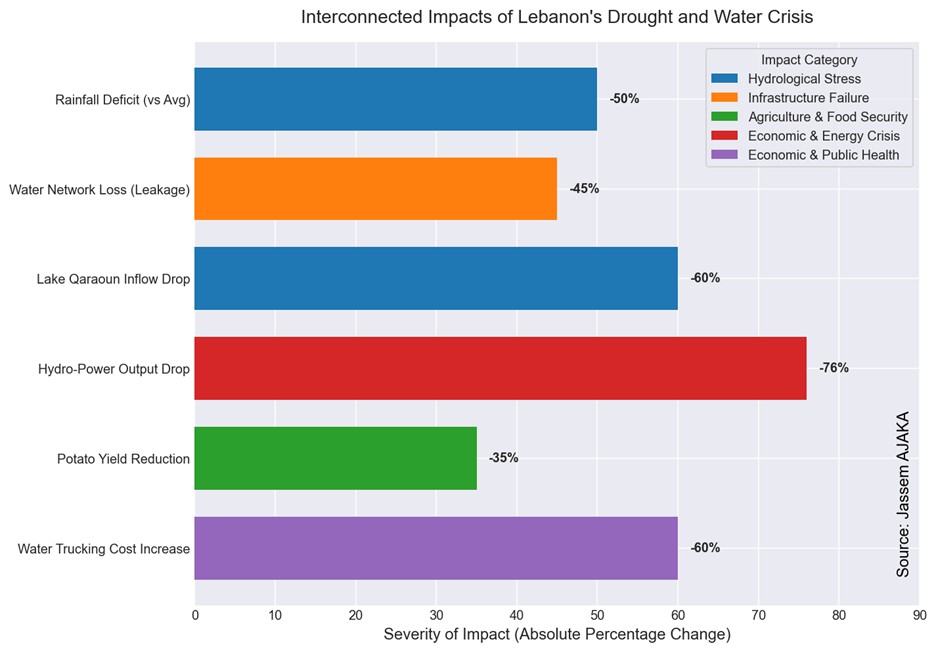 Chart 1: Interconnected Impacts of Drought and the Water Crisis in Lebanon (Source: Our Calculations)
Chart 1: Interconnected Impacts of Drought and the Water Crisis in Lebanon (Source: Our Calculations)
Please post your comments on:
[email protected]
 Politics
Politics
